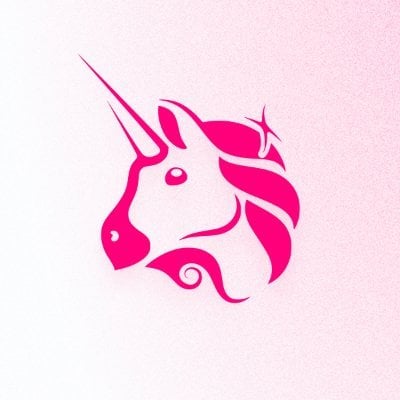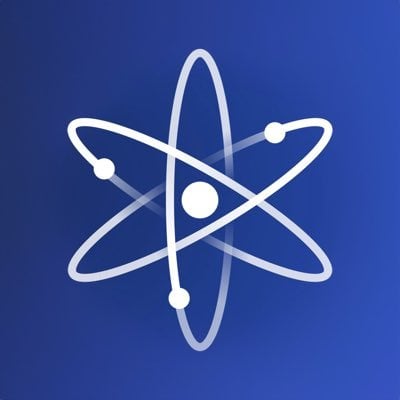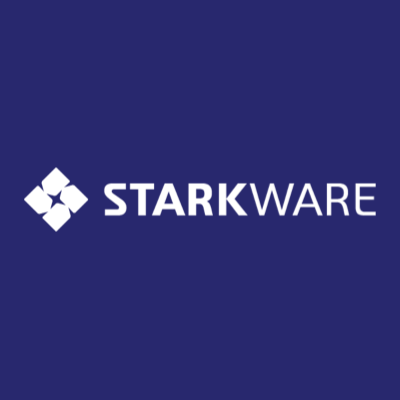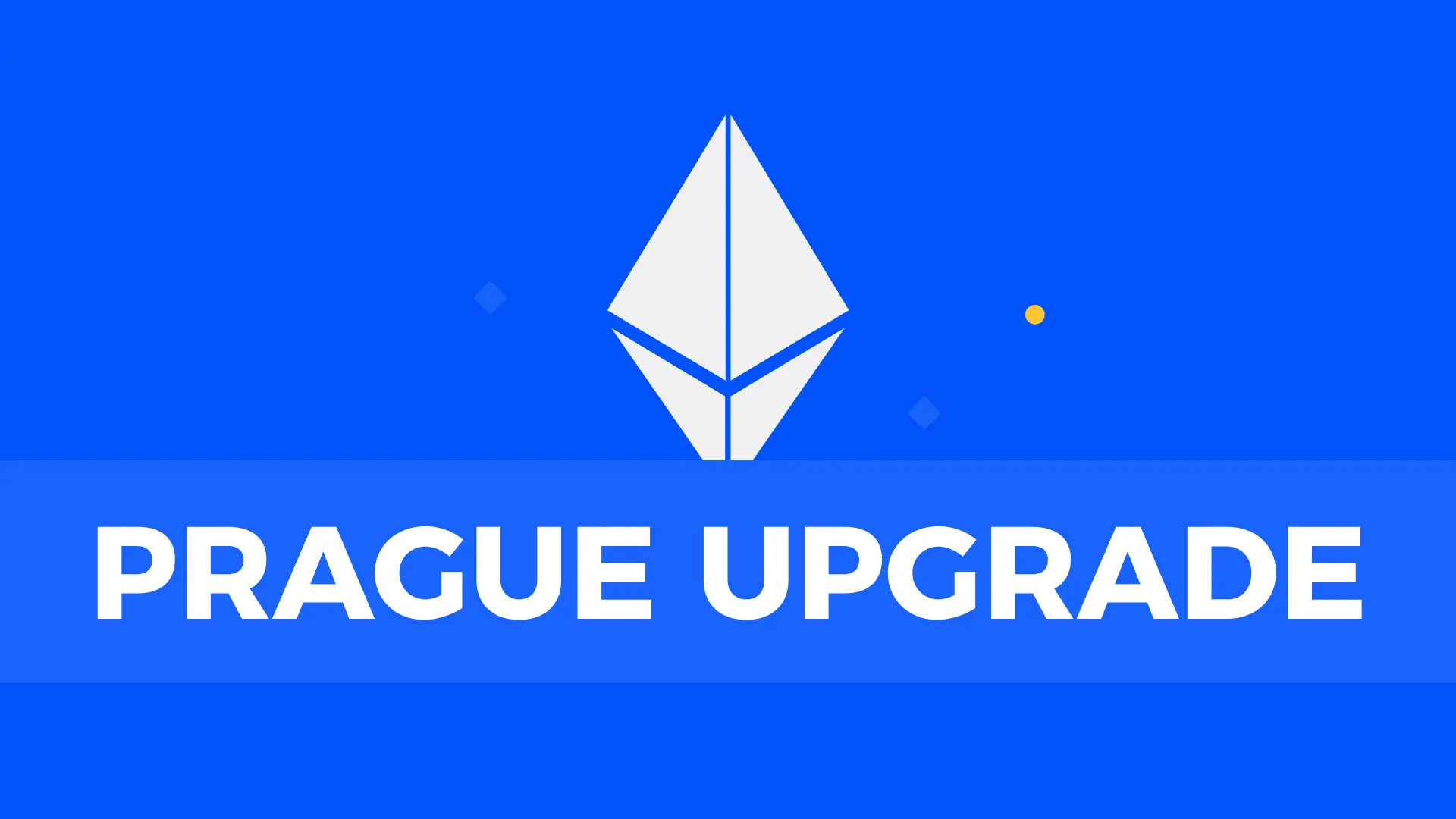Decoding dYdX Chain: The Future Direction of Decentralized Derivatives Trading?
Author: Wu Says Blockchain
Recently, dYdX Chain publicly displayed data showing its total on-chain trading volume has reached $120 billion, with $20 million USDC allocated to staked users, demonstrating impressive data metrics. As a well-established decentralized derivatives trading platform that has been in development for 7 years, dYdX first migrated from the Ethereum mainnet to Layer 2, ultimately building its own chain, dYdX Chain. Its interesting and unique development path has significant analytical value. This article will explore dYdX's development history and its impact on users, developers, and the decentralized finance industry.
1. dYdX's Interesting and Unique Development Path
1.1 From Layer 1 to Layer 2 and Back to Layer 1
dYdX is now known as a decentralized exchange that supports perpetual contract trading, but in reality, the original dYdX was quite different from what it is today. Initially, it was deployed on the Ethereum mainnet, used third-party DEXs, and did not even support perpetual contract trading.
dYdX can be traced back to 2017 when founder Antonio Juliano saw a huge opportunity in the cryptocurrency trading and derivatives space and realized that centralized exchanges and hedge funds in traditional financial markets were not suitable for the cryptocurrency world. Thus, he decided to create a decentralized trading platform and lending protocol to provide users with a more open, transparent, and secure trading environment. After continuous research and iteration, dYdX officially launched in 2019 and quickly attracted widespread user and community attention. At that time, dYdX was one of the largest DEXs by trading volume, accounting for about half of all DEX trading volume, which was quite impressive.
However, with the arrival of the DeFi Summer in 2020, dYdX faced a dual crisis of market share and financial situation due to losing competition with Uniswap and skyrocketing gas costs (dYdX had been covering users' gas fees). To address this, dYdX decided to leave the Ethereum mainnet and built the familiar dYdX— a decentralized derivatives exchange based on Ethereum Layer 2 using Starkware's STARK-powered scalability engine, StarkEx. With the cross-margin feature and significantly improved scalability, dYdX successfully attracted more traders, increasing trading volume fivefold and once again becoming one of the most notable projects in the market.
However, behind the project's revival, some issues gradually emerged, particularly becoming "not decentralized enough" (the order book and matching engine on Layer 2 dYdX operated in a centralized manner). dYdX founder Antonio Juliano has been pondering how to differentiate dYdX from other centralized exchanges (CEXs). Can dYdX's pursuit of complete decentralization be seen as a unique selling point? Among the many reasons for launching its own chain, dYdX repeatedly emphasized a core goal of "achieving comprehensive decentralization." Coupled with dYdX's need to further enhance data trading capabilities and expand the development environment, dYdX turned away from the Rollup trend of 2023 and shifted towards building an independent Layer 1 chain. The dYdX Chain officially launched with the release of dYdX v4 in October 2023.
1.2 dYdX Chain — A Fully Decentralized Blockchain
In simple terms, dYdX Chain is an independent public chain built on Cosmos, with its main selling point being that every part of the protocol is "completely decentralized," including its consensus mechanism, order book, matching engine, and frontend. For example, the order book previously managed by dYdX Trading is now managed by 60 active validators distributed around the world.
Ethereum supporters might question how launching a dedicated chain, which is separate from the most decentralized Layer 1 network, Ethereum, can bring about decentralization. However, since dYdX does not handle all of its product operations on-chain, the decentralization advantages of Ethereum are not as critical here. Perhaps Ethereum supporters and dYdX have different definitions of decentralization.
What dYdX truly seeks is not to utilize a decentralized network to some extent, but to handle every aspect of its product in a fully decentralized manner, which inevitably means needing to launch its own blockchain. This means that merely operating on the most decentralized network does not automatically guarantee complete decentralization of its products.
By launching its own blockchain, dYdX has successfully managed all operations, including the order book, in a decentralized manner. The operational entity of dYdX, dYdX Trading, is no longer involved in any operational aspects of the dYdX blockchain.
1.3 What Advantages Does an Independent Blockchain Bring to dYdX?
The advantages of dYdX Chain mainly lie in three aspects: high throughput, bridging, and customizability, including:
1. High Throughput
Each dYdX Chain validator will run an in-memory order book that never reaches consensus (i.e., off-chain). Orders and cancellations will be propagated through the network, similar to normal blockchain transactions, and the order books stored by each validator will eventually be consistent with each other. Orders will be matched in real-time by the network, and the resulting trades will be submitted to the chain for each block. This allows dYdX Chain to maintain extremely high order throughput while remaining decentralized.
2. Bridging
dYdX Chain will be governed by DYDX token holders and share on-chain trading profits, marking a significant shift in its decentralized governance. A bridging user interface has been deployed on-chain, allowing anyone to bridge their DYDX tokens from Ethereum to dYdX Chain. By providing a simplified token exchange process, dYdX Chain encourages more ETH DYDX holders to convert their tokens to DYDX, enabling them to better participate in the dYdX ecosystem.
3. Customizability
Built on Cosmos, dYdX Chain benefits from complete customizability in terms of blockchain functionality and validator tasks. It is an independent blockchain that can be fine-tuned for specific purposes. This allows builders to freely customize various aspects from the underlying protocol to the user interface.
Recently, dYdX also announced its roadmap for 2024, starting with a fully permissionless market, allowing users to add and remove trading pairs through on-chain governance, with a goal of adding 500 markets by the end of 2024. Other goals include core trading and user experience upgrades.

2. How is dYdX Chain Performing in the Market Currently?
2.1 Excellent Development Data
In just 2 months since its launch, dYdX Chain's trading volume has surpassed that of dYdX v3 (which was $500 million to $1 billion daily), and there have been no major issues. The publicly available data from dYdX continues to accelerate, for example:
The total trading volume on dYdX Chain has exceeded $120 billion.
14.9% of the DYDX tokens (150 million) are staked.
75% of ETH DYDX has been bridged to DYDX.
Over $20 million USDC has been allocated to 18,991 stakers.
Community members have initiated 55 governance proposals to date.
These figures can be described as surprisingly excellent performance. It can be said that from the data perspective, dYdX's independent application chain is gradually realizing its original vision of becoming a super decentralized perpetual exchange. At the very least, dYdX has identified its ultimate application chain form, no longer needing to discuss technical aspects such as chain scalability and performance; it only needs to continue focusing on user and trading volume growth.
2.2 How Does dYdX Chain Incentivize Users to Provide Liquidity and Participate in Governance?

As early as the summer of 2021, the dYdX Foundation, in collaboration with StarkEx, launched the DYDX token to establish its market position. DYDX, as dYdX's governance token, aims to enable the protocol to operate autonomously driven by the community while encouraging protocol users to participate more actively in trading. Although there has been significant growth after transitioning to Layer 2, the token launch was an important step towards "consolidating" its development direction.
The distribution model of the DYDX token differs from other tokens, particularly in terms of retroactive mining, trading incentives, and liquidity incentives. For instance, to maintain fairness for long-term users, dYdX introduced a so-called "retroactive mining" system aimed at rewarding users who have previously traded on the platform with tokens. As long as users have made a deposit and completed at least one trade in the past, they are eligible to receive retroactive mining tokens. Initiatives like this have strengthened users' trust and support for dYdX, contrasting sharply with the dissatisfaction some users have expressed towards other projects today.
As mentioned earlier, the primary goal of the dYdX blockchain is "complete decentralization." Previously, dYdX's governance was limited, but on the dYdX chain, every aspect of the product will be decided by DYDX token holders. Another significant change is that all profits generated by dYdX previously belonged to dYdX Trading, whereas on the dYdX chain, these profits will be distributed to DYDX token holders. This is expected to increase the demand for the DYDX token— the protocol's development will bring more profits, leading to higher expected returns, enhancing the attractiveness of the asset itself, and ultimately increasing market demand and asset value.
Recently, dYdX will also encourage users to provide liquidity and participate in governance through various incentive methods. Below are several user incentive methods currently provided by dYdX officials:
1. Staking Incentives
This involves staking DYDX to earn USDC. DYDX token holders can stake their DYDX with any active validator (currently 60) through Keplr, and all fees on the dYdX Chain (recipient/maker fees) will belong to validators and stakers, primarily in USDC, with specific incentive amounts varying based on daily trading conditions. Since dYdX trading fees are the source of staking rewards, stakers need not worry about the inflation of DYDX tokens.
2. Trading Incentives
Chaols Labs has launched a $20 million trading incentive program. This is a 6-month program with a total reward value of $20 million, aimed at early adopters of dYdX Chain. In the first season, $5 million worth of DYDX tokens was proposed to be distributed to 2,006 accounts. In the second season, the Trade League (performance-based rewards) was introduced as a new initiative. Performance is measured by percentage returns, and the best performers each season will receive a portion of the reward pool, with traders receiving rewards after each successful trade on the protocol. Rewards are denominated in DYDX and automatically allocated to eligible dYdX Chain addresses by block, without the need for waiting or manual claiming.
3. Stride Liquid Staking
DYDX token holders can use Stride to liquid stake their DYDX in exchange for stDYDX, allowing them to continue earning staking rewards while maintaining the liquidity of their tokens. This will enable users to flexibly earn staking rewards while using these tokens in decentralized finance protocols or exit their positions immediately without waiting for dYdX's 30-day unbonding period.
It is evident that staking incentives are currently the primary incentive policy. As mentioned earlier, dYdX has allocated over $20 million USDC to stakers. According to the publicly available data updated weekly by dYdX officials, these incentive policies have further increased user activity and participation, helping it maintain steady growth in a turbulent market environment and solidifying its position in the sector.
3. The Significance of dYdX Chain to the Decentralized Derivatives Trading Market
Since 2023, the Layer 2 Rollup trend has swept the industry, with Rollups, "Rollup as a Service" (RaaS), and Rollup Software Development Kits (SDKs) everywhere, and industry experts frequently recommending the use of Rollups to build products. However, the article has introduced several stages of dYdX's product development experience: starting from the Ethereum mainnet, transitioning to Layer 2, and ultimately launching its own independent blockchain. For dYdX, the project achieved true decentralization only after launching its own blockchain, reflecting that Layer 2 Rollups are not an absolute solution.
Some have criticized dYdX's decision to launch its own chain as "the worst decision." While it is still too early to judge its success, we can see that dYdX has maintained an excellent reputation developed over many years, gaining the trust of a large number of traders on-chain, and continues to optimize its products, with impressive data performance. In the current context where only Rollups are emphasized, dYdX Chain serves as a special transformation case, announcing to many projects that Layer 2 and Rollups are not the only solutions. In fact, many researchers' attention has been drawn to the powerful narrative of Rollups, overlooking that perhaps their products are better suited to run on an independent Layer 1. Therefore, if dYdX Chain ultimately becomes an outstanding "success case," it will showcase a bright future for this path to many other projects.
However, such cases are difficult to replicate. As introduced earlier in dYdX's development history, each transformation faced significant external pressure, and achieving progress through transformation also meant sacrificing some favorable conditions, representing a necessary compromise after weighing pros and cons. Therefore, if another project that is closely dependent on the Ethereum ecosystem attempts to build its own independent chain, its departure from the Ethereum ecosystem could lead to a loss of substantial combined liquidity, which would be tantamount to self-destruction for certain projects. A more prudent approach remains to continuously optimize through the stacking of Layer 1, Layer 2, Layer 3, etc., but do not forget that there is indeed another option available, along with excellent reference cases.















